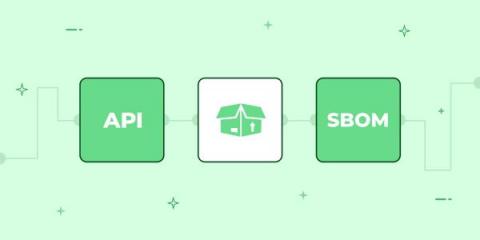Impact of the New SEC Cyber Incident Reporting Rules on the C-Suite and Beyond
We recently hosted a compact and very engaging panel discussion about the new SEC Cyber Incident Reporting Rules due to come into effect later this year. We were fortunate to be joined by two well-known experts: In the post, we will *not* rehash what was said in the panel discussion. If you did not get to attend the live session, we invite you watch it on-demand – it’s 30 minutes well spent!











